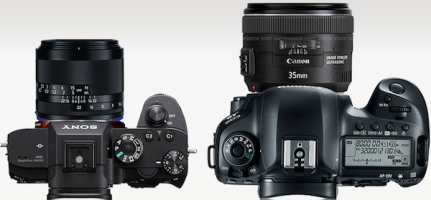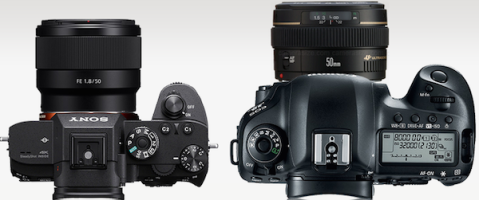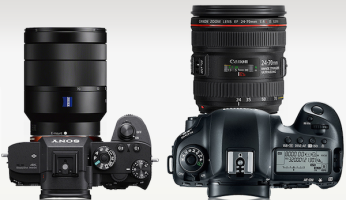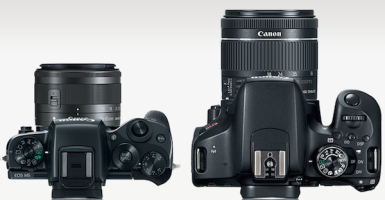AvTvM said:of course mirrorless FF will come with a new mount. For a number of good technical reasons and even more so for a number of compelling profit reasons for makers. Nikon as well as Canon.
Besides making for a marginally lighter/smaller camera + lens combination and adapting older/other lenses, I would like to hear those reasons. Ending mirror slap, the power of an EVF, etc. do not count, as a full mount mirrorless rig could have those upsides as well.
Please concisely state for me the upsides of a thin mount mirrorless vs. full EF mount mirrorless.
- A
Upvote
0




